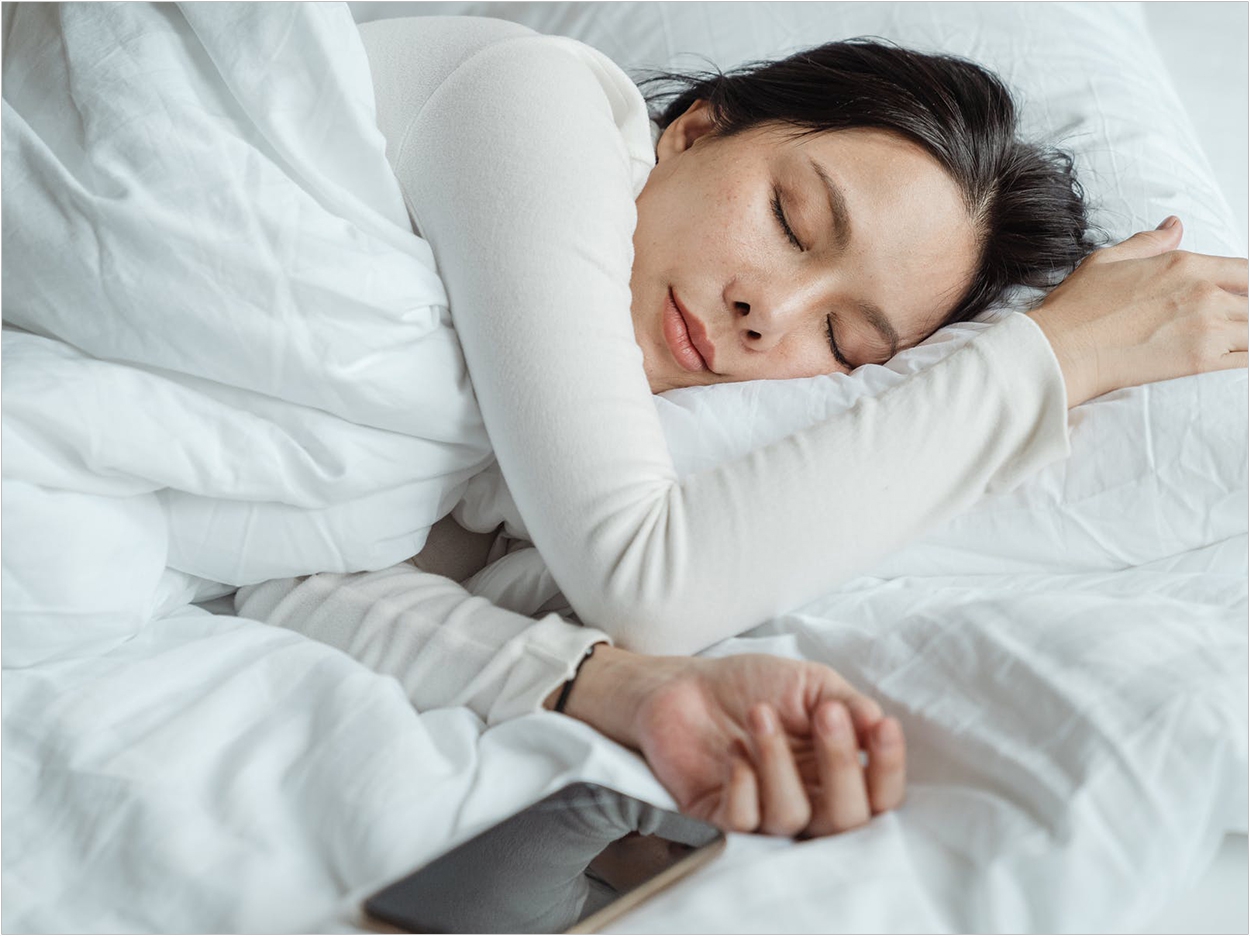
The American Academy of Dental Sleep Medicine (AADSM) encourages dentists to consider oral appliances for treating obstructive sleep apnea (OSA) since they don’t generate aerosols or require additional expenses other than training, which both are benefits considering infection control concerns during the COVID-19 pandemic.
Also, the AADSM said, many parts of oral appliance therapy are conducive to teledentistry. It treats a serious medical disorder as well with significant implications for systemic health including COVID-19, the AADSM added.
“Studies have shown that lack of sleep affects your immune system, making you more likely to get sick,” said Jennifer Le, DMD, D-ABDSM, CPCC. “The risk of developing severe symptoms of COVID-19 may be increased in people who are older and also in people of any age who have other serious health problems such as heart or lung conditions, weakened immune systems, severe obesity, or diabetes.”
These issues aren’t always related to comorbidities either, the AADSM said.
“I’ve been encountering more patients who have been expressing that their lives are more stressful, experiencing headaches and depression, along with anxiety, fatigue, and insomnia,” said Kevin R. Wallace, DMD.
“It’s important to understand that even though these patients may have more time to dedicate to sleep because of the disruption in their lives and work schedules, their quality of sleep is overall poor,” Wallace said.
The need for oral appliance therapy has never been more relevant, the AADSM said, but the pathway to treatment needed to change to keep patient safety at the forefront while adapting to shifting COVID-19 guidelines.
“One overall improvement I’ve noticed is the increased usage of telemedicine and coverage by insurers. Prior to the pandemic, we had never completed new patient consultations via telehealth, and I couldn’t imagine it becoming an integral part of the practice,” said Michelle Cantwell, DMD.
“Since March, we’ve completed all of our new patient consultations as well as our initial postdelivery follow-ups using real-time audio-video conferencing. Not discounting the initial barriers and learning curve, it’s been wildly successful,” Cantwell said.
The level of convenience may be leading to better continuity of care as well, the AADSM said.
“I think patients like the convenience of seeing us via telemedicine for several reasons. It may be difficult for them to leave work, there may be childcare issues, or it may be a more convenient option for them overall,” said Wallace. “Having an alternative way to meet to conduct a patient/doctor interaction enables me to provide continuing quality care without interruption.”
Telemedicine also saves time and personal protective equipment while eliminating transit time and the potential of contact with others in a waiting room, the AADSM said. As a result of these changes, the AADSM added, how patients approach their care has changed.
“Patients are doing their own research and familiarizing themselves with DSM appliances and alternative therapies,” said Le. “The increased availability of appliance designs, combination therapy options, surgical options, material options have all contributed to increased patient compliance and willingness to get updated appliances when it is recommended.”
Dental sleep medicine has transformed dentistry, said the AADSM, which added that its Mastery Program is available for those who want to further develop their skillset. The comprehensive, clinically focused and evidence-based program provides the training and skills that dentists need to provide oral appliance therapy to patients who suffer from OSA and snoring, the AADSM said.
Upon completion of the program, dentists will have the competence and confidence to provide oral appliance therapy and build relationships with patients, physicians, and payers, the AADSM said.
“DSM has allowed me to manage our patients on a whole new level of comprehensive, integrative care,” said Le. “Having an opportunity to potentially save someone’s life or take them out of emotional and physical pain is beyond relieving a toothache and is incredibly rewarding.
It also can add a new dimension of care, the AADSM said.
“My daily concerns in clinical dentistry were crown preparations and margins, TMJ, occlusion, periodontal disease, oral hygiene, et cetera,” said Wallace. “Although these things are important when evaluating a patient for obstructive sleep apnea, in dental sleep medicine, I am now focused on breathing disorders and disruptions during sleep, cardiovascular risks like A-fib, heart attack, stroke, and hypertension, obesity, insomnia, and an overall more holistic view of health.”
Related Articles
AADSM Establishes Educational Standards for Dental Sleep Medicine
Obstructive Sleep Apnea Again Linked With Higher Risk of Dementia
Five Traits Prove Key to Oral Appliance Effectiveness in OSA Treatment












